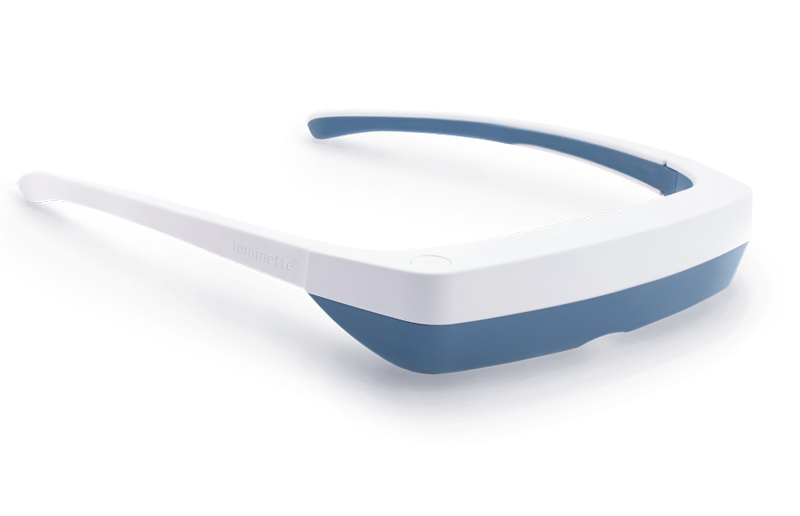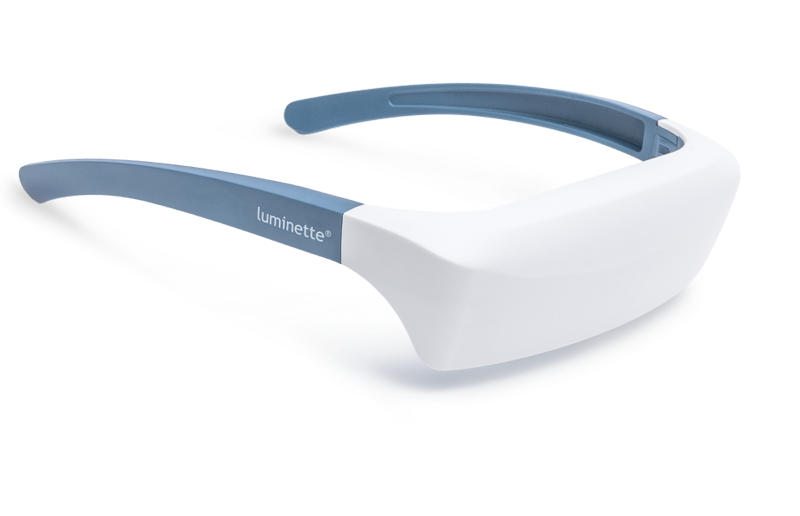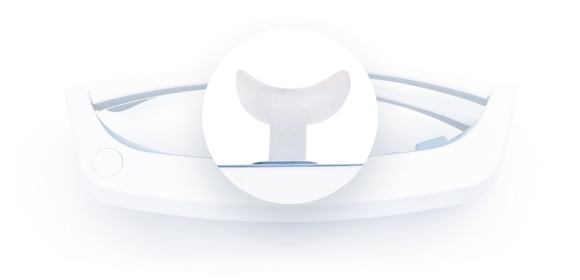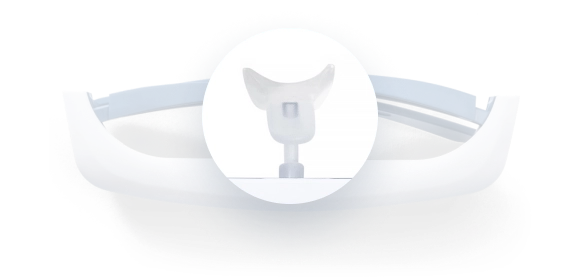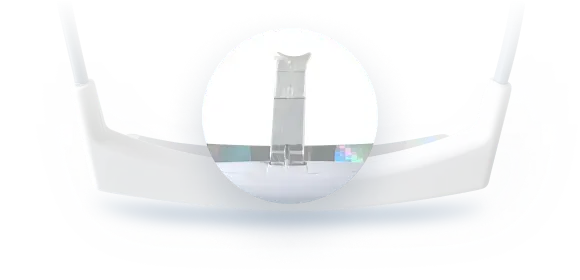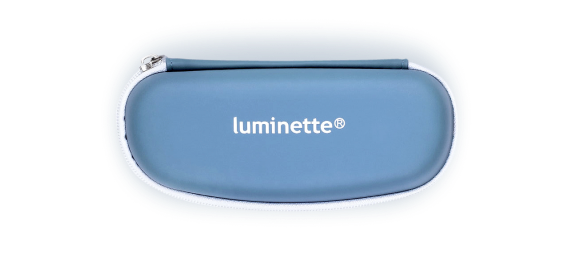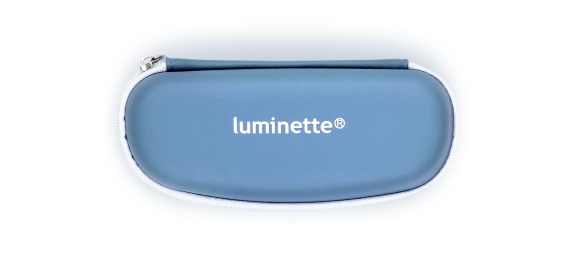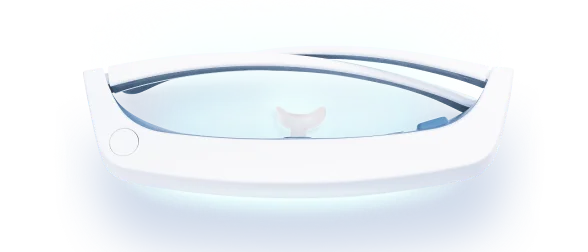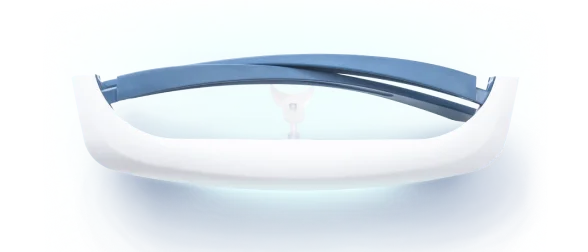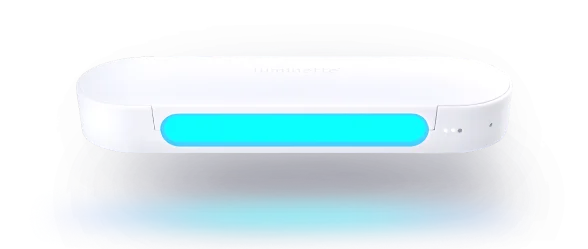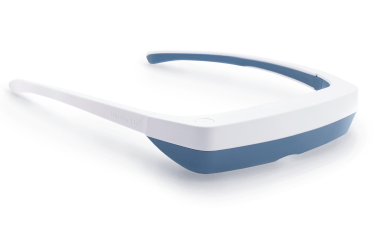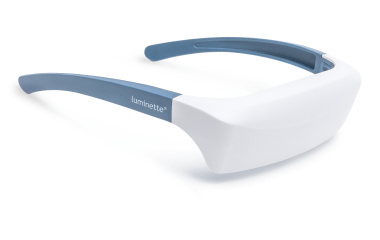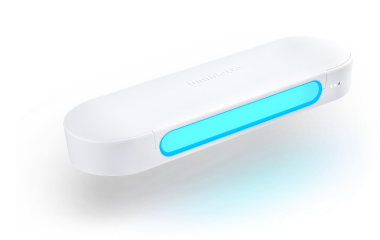Светотерапия включает воздействие искусственного источника света на человека. Она помогает компенсировать ограниченное воздействие солнечного света. Современные устройства для светотерапии также могут излучать другие цвета, такие как синий, фиолетовый и красный, которые приносят различные полезные эффекты для организма.
Светотерапия повышает бдительность и способствует стабильному и регулярному режиму сна. Она выравнивает биологический ритм мозга, помогая сбалансировать активность серотонина и улучшить настроение.
В этом посте мы обсудим, как она работает, её применения и виды светотерапевтических процедур и устройств, чтобы помочь вам определить, подходит ли она вам.
Как работает светотерапия?
Светотерапия помогает вам наслаждаться преимуществами солнечного света, не выходя на улицу. Тип света, излучаемого устройством для светотерапии, имитирует естественный солнечный свет, что может вызвать химические изменения в вашем мозге, помогая улучшить настроение, повысить энергию и сбалансировать режим сна.
Во время светотерапии вы подвергаетесь воздействию определённого количества света, измеряемого в люксах, на основе рекомендованной дозы для терапевтического эффекта. Обычно интенсивность света варьируется от 2 500 до 10 000 люкс. Продолжительность и интенсивность воздействия могут меняться в зависимости от индивидуальных потребностей.
Некоторым людям требуется ограниченное воздействие, так как у них могут быть определённые медицинские состояния или они принимают лекарства, такие как антипсихотики или антибиотики, которые повышают чувствительность к свету.
Всегда рекомендуется проконсультироваться с врачом перед началом светотерапии, особенно если у вас есть какие-либо проблемы со здоровьем или вы принимаете лекарства.

Для чего используется светотерапия?
Светотерапия в основном используется для помощи в выработке и регулировании самых важных гормонов организма: мелатонина и серотонина. Мелатонин помогает вам спать, а серотонин заставляет чувствовать себя бодрым и энергичным в течение дня.
Она также помогает справиться с кожными заболеваниями, такими как экзема и псориаз.
Какие бывают виды светотерапии?
Существует несколько видов светотерапии, каждый из которых направлен на конкретное медицинское состояние. Давайте обсудим самые популярные виды.
Терапия ярким светом
Терапия ярким светом — самый популярный вид светотерапии. Она включает использование искусственного источника света для задержки вашего биологических часов, что помогает сдвинуть режим сна с аномального на нормальный.
Время проведения терапии ярким светом критически важно для достижения желаемого эффекта. Специалисты по сну используют её для людей с синдромом задержки фазы сна (DSPS), чтобы сдвинуть их период сна на более раннее время.
Вот некоторые из различных цветов, используемых в терапии ярким светом:
Терапия синим светом
Терапия синим светом использует технологию синих волн для сдвига и регулирования биологических ритмов и подавления уровня мелатонина. Она превосходит большинство видов светотерапии, но также может быть настоящей проблемой.
Длительное воздействие синего света может нарушать сон и связано с несколькими заболеваниями, включая ожирение.
Терапия красным светом
Красный цвет известен тем, что ускоряет и усиливает реакции человека. Устройства терапии красным светом идеально подходят для восстановления энергии у тех, кто чувствует упадок сил, повышая их метаболизм и улучшая настроение.
Терапия красным светом, также называемая мягкой лазерной терапией, помогает расслабиться и уснуть, стимулируя способность организма вырабатывать мелатонин. В сочетании с окружающим белым светом ваш биологический часы улучшаются, делая вас более бодрым, особенно во второй половине дня, когда большинство людей чувствуют усталость.
Терапия фиолетовым светом
Терапия фиолетовым светом сочетает красный и синий свет, предлагая лучшее из обоих. Она стимулирует глаза и нервную систему, помогая расслабить ум и снизить тревожность.
Фиолетовый цвет очень эффективен в терапии ярким светом, так как способствует творчеству, вдохновению и спокойствию. Он вдохновляет на творчество и мотивирует достигать творческие цели.
Имитация рассвета
Терапия имитации рассвета заключается в подражании естественному восходу солнца для создания естественного рассвета. Она довольно эффективна, поскольку утренние световые сигналы сильнее любых других световых сигналов в течение дня.
Используемые устройства могут быть отдельными будильниками, которые постепенно освещают ваше окружение перед пробуждением. Мгновенное воздействие света высокой интенсивности вызывает временное прекращение выработки мелатонина, что облегчает пробуждение.
Каковы преимущества светотерапии для здоровья?
Повышает уровень энергии
Чем выше уровень серотонина, тем выше уровень вашей энергии. Терапия ярким светом идеально подходит для людей, которые чувствуют себя менее энергичными зимой из-за нехватки солнечного света.
Светотерапия обманывает ваш организм, заставляя его вырабатывать серотонин, возвращая энергию летнего времени.
Регулирует сон
Светотерапия способствует выработке мелатонина, который регулирует цикл сна и бодрствования или биологический ритм организма. Недостаток мелатонина вызывает множество нарушений сна.
Из-за высокой чувствительности к свету цикл сна и бодрствования человека зависит от количества солнечного света, которое получает организм. Светотерапия биологических ритмов помогает регулировать сон при использовании в подходящее время суток.
Она позволяет дольше спать ночью и меньше дремать и просыпаться днем. Здоровый режим сна облегчает справляться с различными симптомами тревоги, такими как беспокойство, страх и тревога.
Улучшает психическое здоровье
Светотерапия помогает бороться с расстройствами настроения, такими как зимняя хандра, вызванными низким уровнем серотонина. Серотонин влияет на работу нескольких клеток мозга, управляющих настроением.
Люди, испытывающие потерю памяти и снижение когнитивных функций, могут получить пользу от светотерапии, так как она помогает улучшить нарушения сна.
Улучшает вашу память
Исследование сделало прорыв, показав, что у людей с ухудшением памяти и болезнью Альцгеймера наблюдалось низкое количество серотониновых нейронов.
Низкий уровень серотонина является прямой причиной плохой памяти, а не просто побочным эффектом. Считается, что повышение уровня серотонина с помощью светотерапии может помочь улучшить ухудшение памяти и когнитивные функции.
Регулирует пищеварение и аппетит
Достаточный уровень серотонина помогает нормализовать работу кишечника, делая пищевые привычки здоровее. Он также снижает аппетит, уменьшая риск ожирения.
Красная светотерапия повышает уровень лептина и снижает уровень грелина. Лептин — это гормон, выделяемый адипоцитами для уменьшения чувства голода, тогда как грелин увеличивает потребление пищи и снижает метаболизм.
Вам также может понравиться: Как светотерапия может революционизировать ваш творческий процесс? Раскройте правду.
Какие бывают типы устройств для светотерапии?
Выбор правильного устройства для светотерапии может быть запутанным из-за множества доступных методов светотерапии. Здесь мы обсуждаем самые популярные и эффективные типы устройств для светотерапии.
Очки для светотерапии
Очки для светотерапии — это одна из новейших технологий, делающая светотерапию простой и доступной для большинства людей. Эти устройства излучают белый свет с обогащением синим светом в нескольких интенсивностях, включая 500, 1000 и 1500 ЛЮКС.
Они также выглядят футуристично и направляют свет прямо в ваши глаза и лицо. Они портативны и легко вписываются в ваш график, что делает их идеальными для людей с насыщенным днем и ограниченным временем на солнце.
Несмотря на их доступность, рекомендуется при наличии медицинской истории обратиться к специалисту, чтобы определить, как долго и когда лучше всего их использовать.
Очки для светотерапии Luminette — отличный способ включить терапию синим светом в ваши повседневные дела.
Световые короба
Световые короба — это плоские экраны, которые медицинские специалисты часто рекомендуют использовать по 30–60 минут каждый день.
Они доступны в некоторых фитнес-клубах с комнатами для светотерапии, где вы можете сидеть перед световым коробом, если не можете позволить себе устройства для дома.
Лампочки с естественным спектром
Лампочки с естественным спектром имитируют естественный дневной свет и могут использоваться как напольные или настольные лампы. Они менее громоздки, чем световые коробки, и могут излучать свет с интенсивностью не менее 10 000 LUX.
Научные данные об их пользе пока немного противоречивы. Они помогают регулировать биологические ритмы и улучшать настроение.
Лампочки с естественным спектром доступны в большинстве магазинов освещения, художественных товаров и товаров для дома. Они также доступны в большинстве интернет-магазинов, продающих оборудование для светотерапии.
Визор для светотерапии
Визор для светотерапии — это лёгкое устройство, надеваемое на голову, которое помогает бороться с усталостью и сменой часовых поясов. Это портативное устройство, излучающее свет с интенсивностью от 100 до 1000 LUX.
Это устройство направляет свет вниз на лицо, делая его более эффективным и удобным в использовании. Пользователи в основном носят его утром около 30 минут, чтобы блокировать выработку мелатонина, что повышает их энергию и бдительность.
Визоры для светотерапии имеют регулируемый ремешок для комфортной посадки. Одним нажатием кнопки можно переключаться между белым и красным светом.

Как эффективно использовать светотерапию?
Каждый по-разному реагирует на светотерапию, поэтому важно знать, как использовать её для решения ваших конкретных потребностей.
Вот советы, которые помогут вам получить максимум от светотерапии:
-
Расположите устройство на уровне глаз или выше: Ваше устройство для светотерапии должно имитировать пребывание на солнце, и размещение его на уровне глаз может иметь значение. Очки для светотерапии от Luminette очень эффективны, так как они излучают свет прямо на ваше лицо.
-
Используйте ваше устройство регулярно: Регулярное использование устройства для светотерапии, вероятно, даст лучшие результаты в повышении настроения и энергии. Если вы боретесь с зимней хандрой, используйте его каждый день по несколько минут с ранней осени до зимы.
-
Сочетайте светотерапию с другими эффективными методами: Чтобы максимизировать её эффект, светотерапию можно сочетать с когнитивно-поведенческой терапией. Другие подходы, которые можно использовать вместе со светотерапией, включают йогу, упражнения и осознанность.
-
Обратитесь к специалисту по светотерапии: Некоторые люди могут быть чувствительны к свету из-за определённых медицинских состояний или приёма лекарств. Поэтому важно проконсультироваться со специалистом, чтобы определить, можно ли и как эффективно использовать светотерапию.
Подходит ли мне светотерапия?
Светотерапия доказала свою пользу для людей с зимней хандрой, чувством глубокой печали и проблемами со сном. Это эффективный метод лечения, который помогает улучшить и регулировать ваше настроение.
Однако вы можете обратиться за профессиональной консультацией, если хотите получить персональные рекомендации о том, как светотерапия может подойти вам и как использовать её с комфортом.Вывод: использование светотерапии при зимней хандре и других состояниях
Светотерапия — эффективный способ обмануть организм, заставив его вырабатывать гормоны мелатонин и серотонин, которые вырабатываются после воздействия солнечного света.
Эта терапия помогает людям с подавленным настроением или проблемами со сном, балансируя их биологический ритм. Она идеально подходит для тех, кто живёт далеко от экватора и испытывает зимнюю хандру из-за длительного отсутствия солнечного света.
Это лечение доступно через различные устройства; очки для светотерапии — одни из самых эффективных. Они портативны и легко вписываются в ваш ежедневный график.
Наши очки для светотерапии Luminette имеют функции, позволяющие настроить их под потребности каждого. Приобретите наши очки для светотерапии Luminette сегодня.
Часто задаваемые вопросы
Что происходит во время светотерапии?
Пациенты подвергаются воздействию света определённой интенсивности во время светотерапии, в зависимости от их состояния и целей.
Кому нужна светотерапия?
Светотерапия идеально подходит для людей, которые часто испытывают подавленное настроение зимой или сталкиваются с другими проблемами психического здоровья.
Какое состояние часто лечат с помощью светотерапии?
Это лечение часто используется для улучшения режима сна, повышения уровня энергии и улучшения общего психического здоровья.
Безопасно ли делать светотерапию ежедневно?
Да. В зависимости от вашего состояния и рекомендаций вашего лечащего врача, возможно проводить светотерапию ежедневно в течение определённого времени.
Улучшает ли светотерапия энергию и концентрацию?
Считается, что светотерапия улучшает уровень серотонина, который помогает людям оставаться энергичными и продуктивными в течение дня.
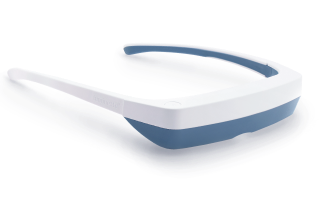
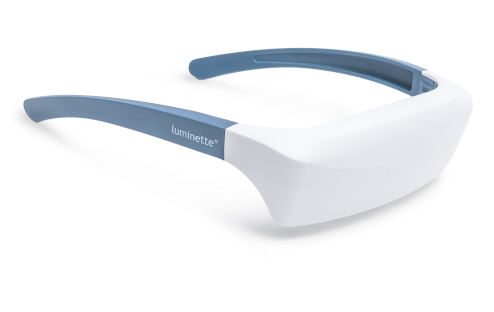
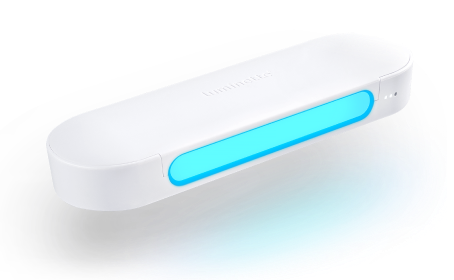
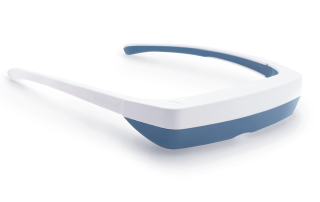
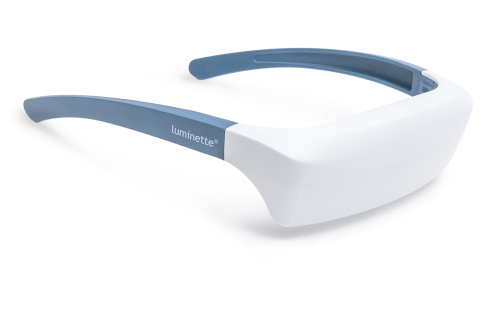
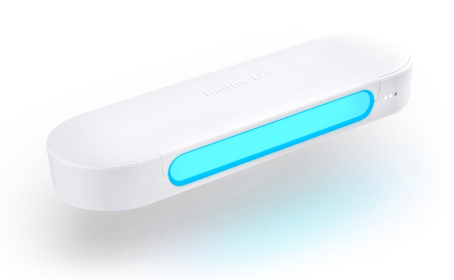
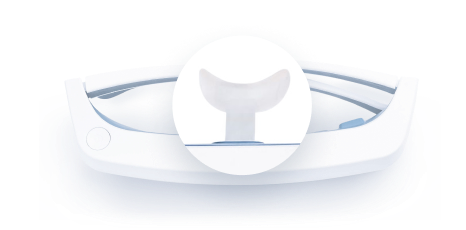
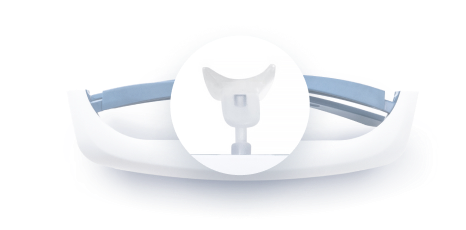
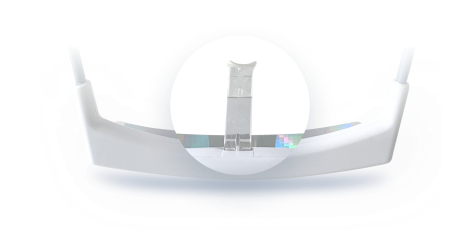
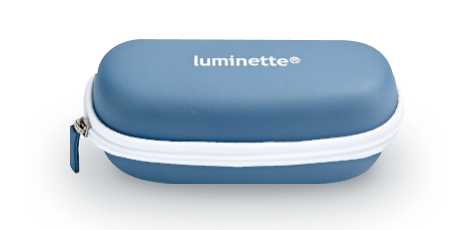
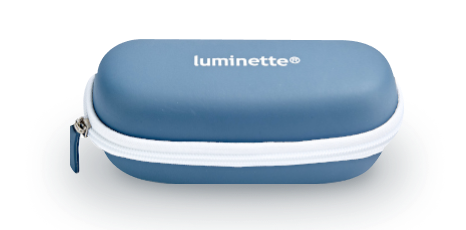
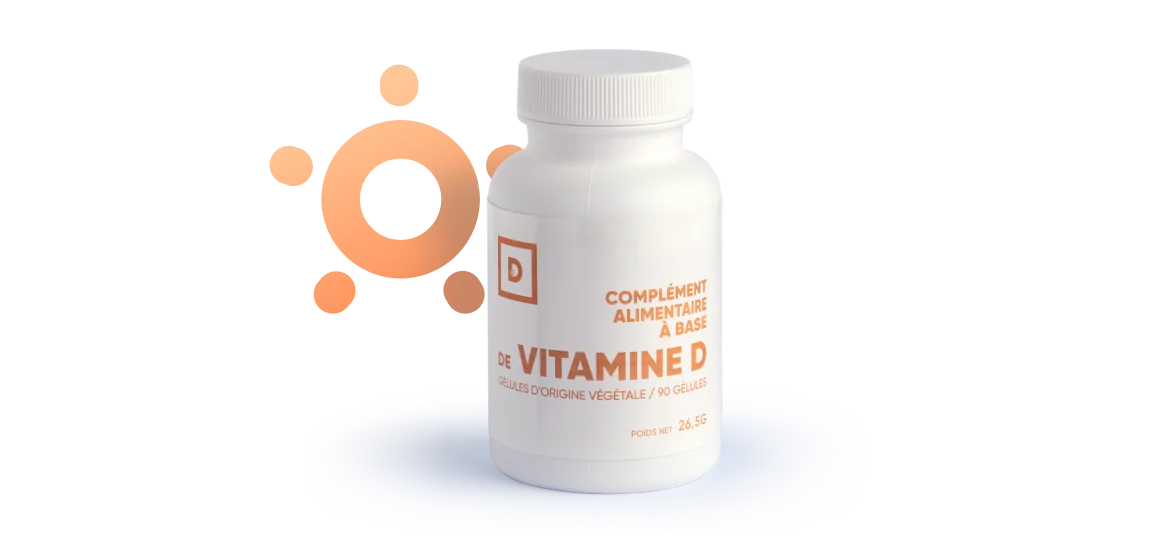



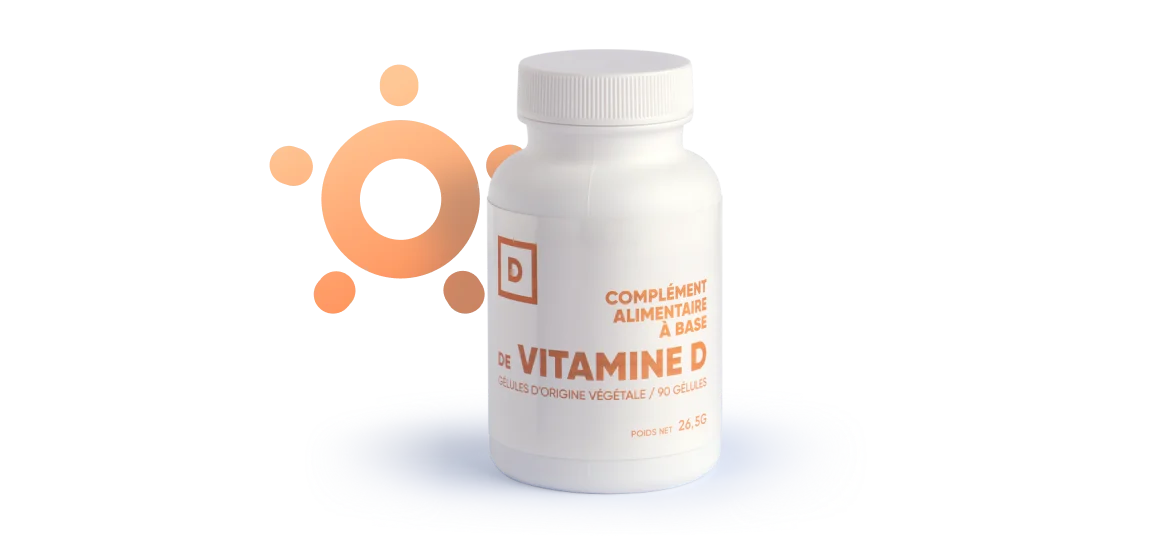
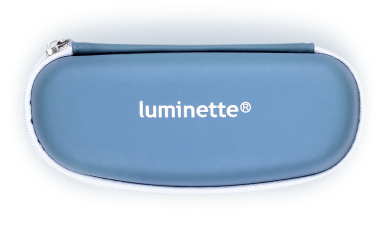
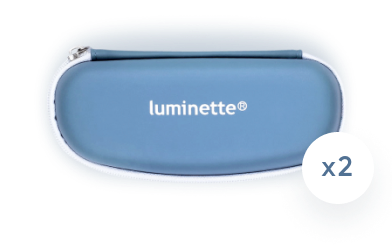
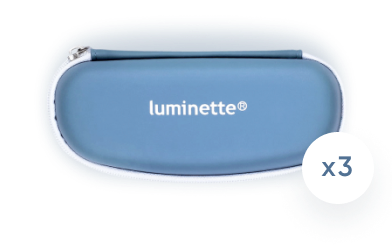
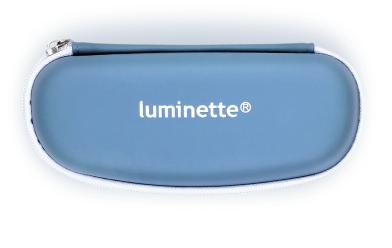
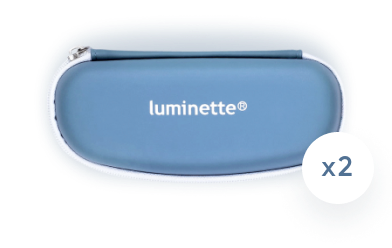
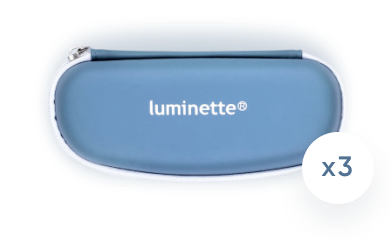
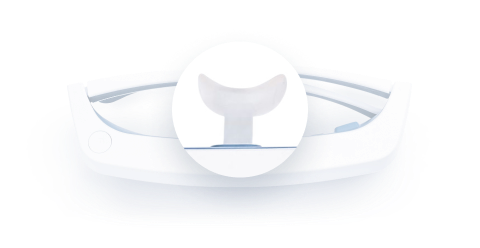
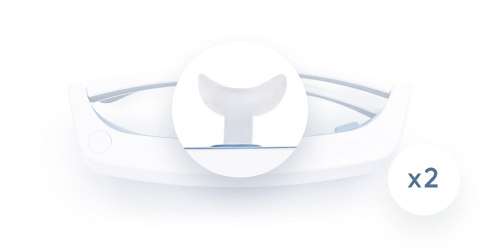
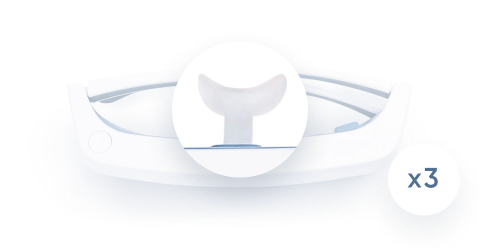
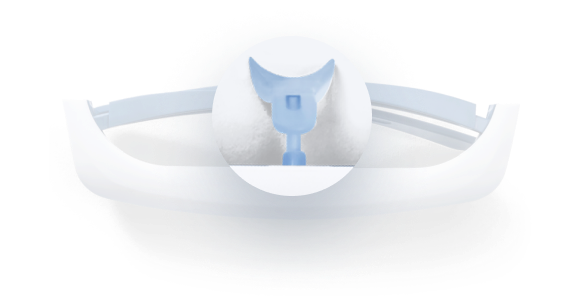
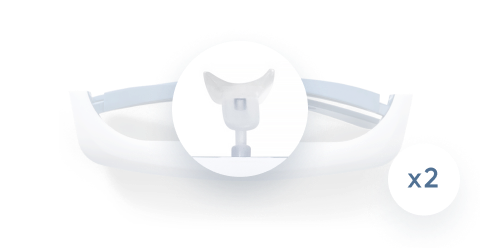
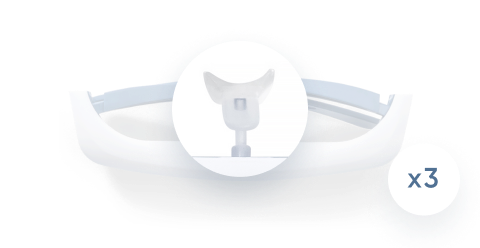
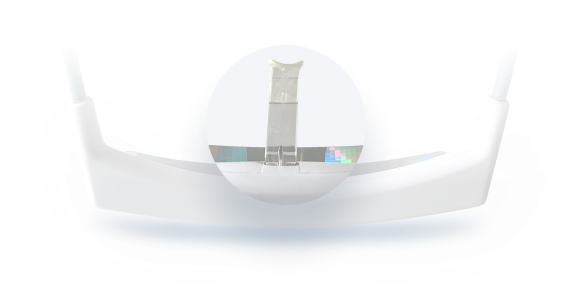
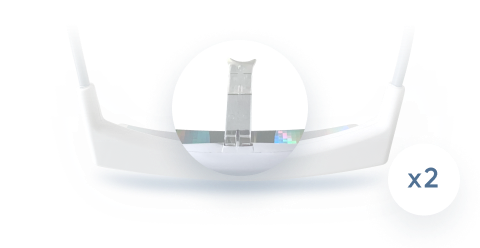
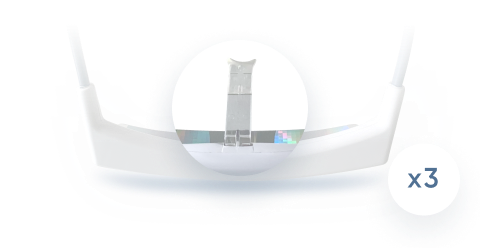
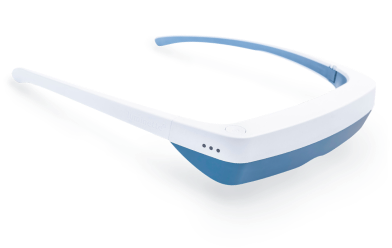
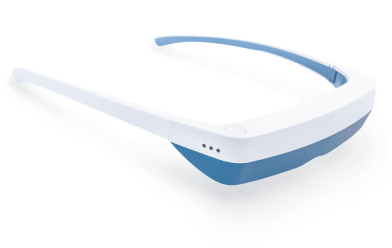
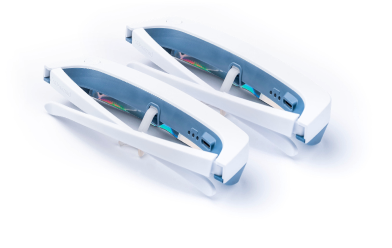
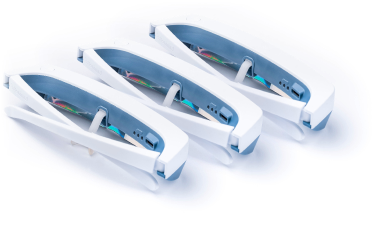
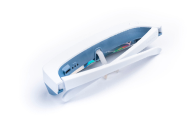
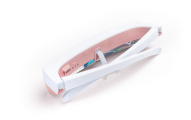
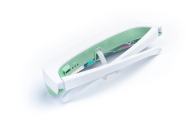
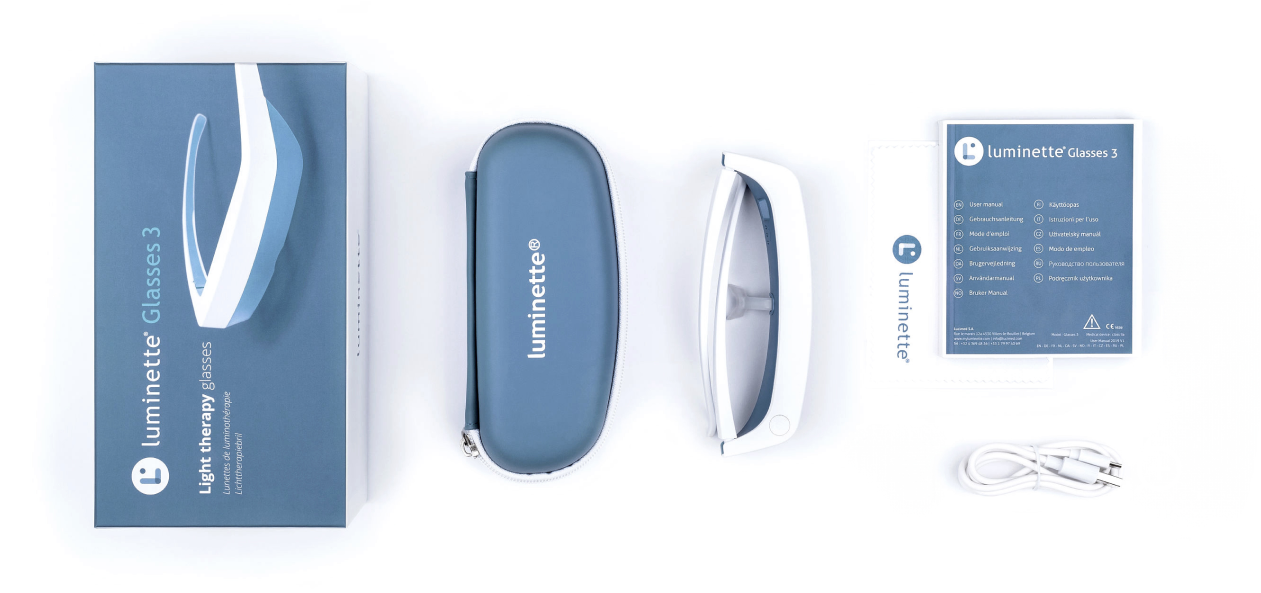
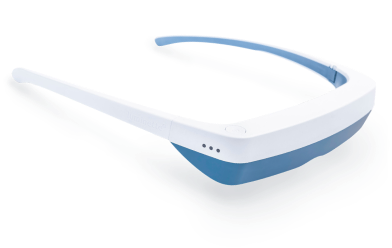


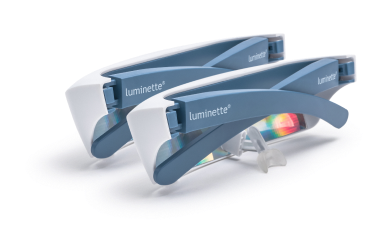
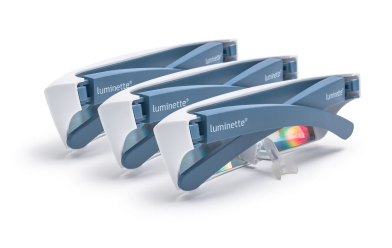
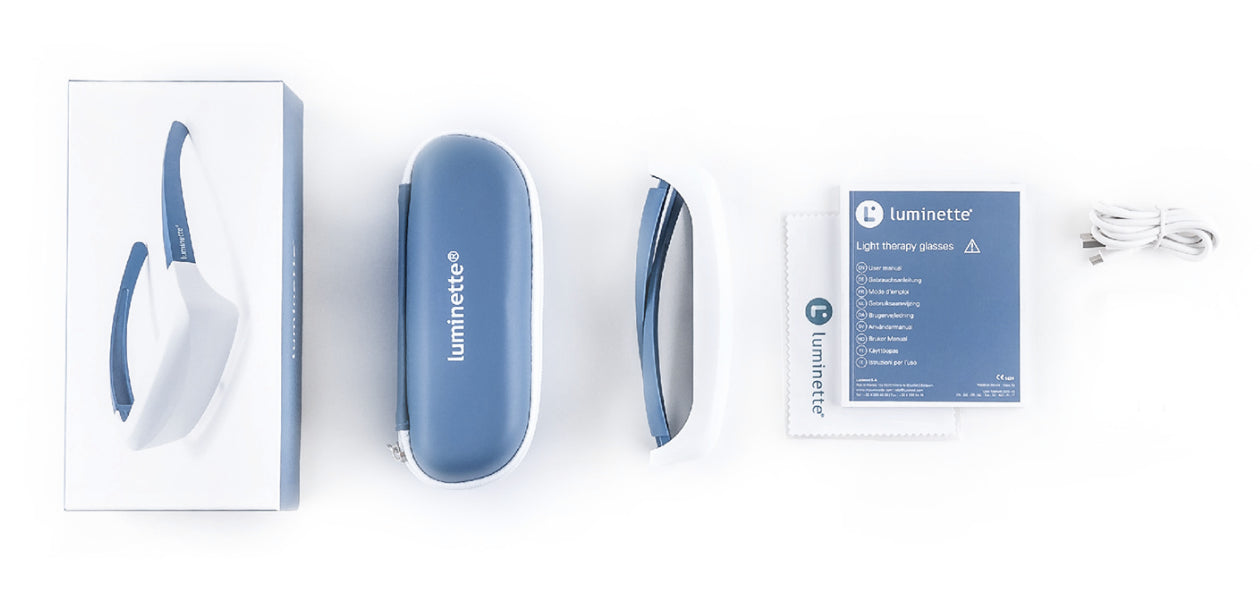
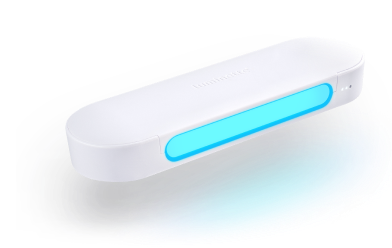
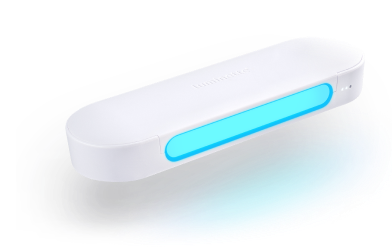
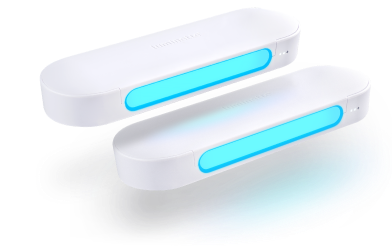
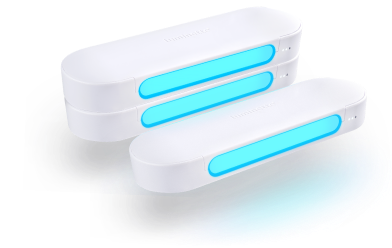
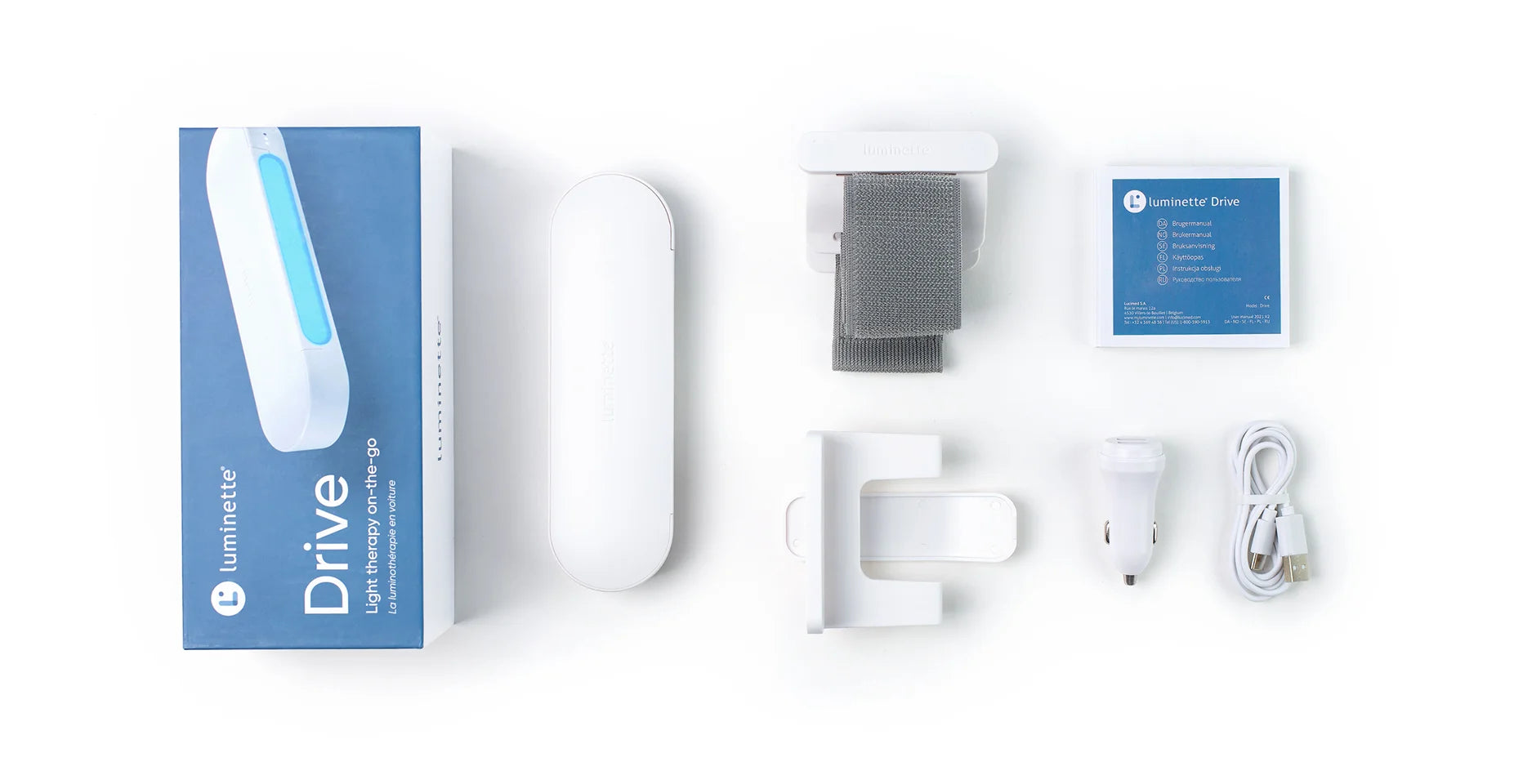

 Please note
Please note



